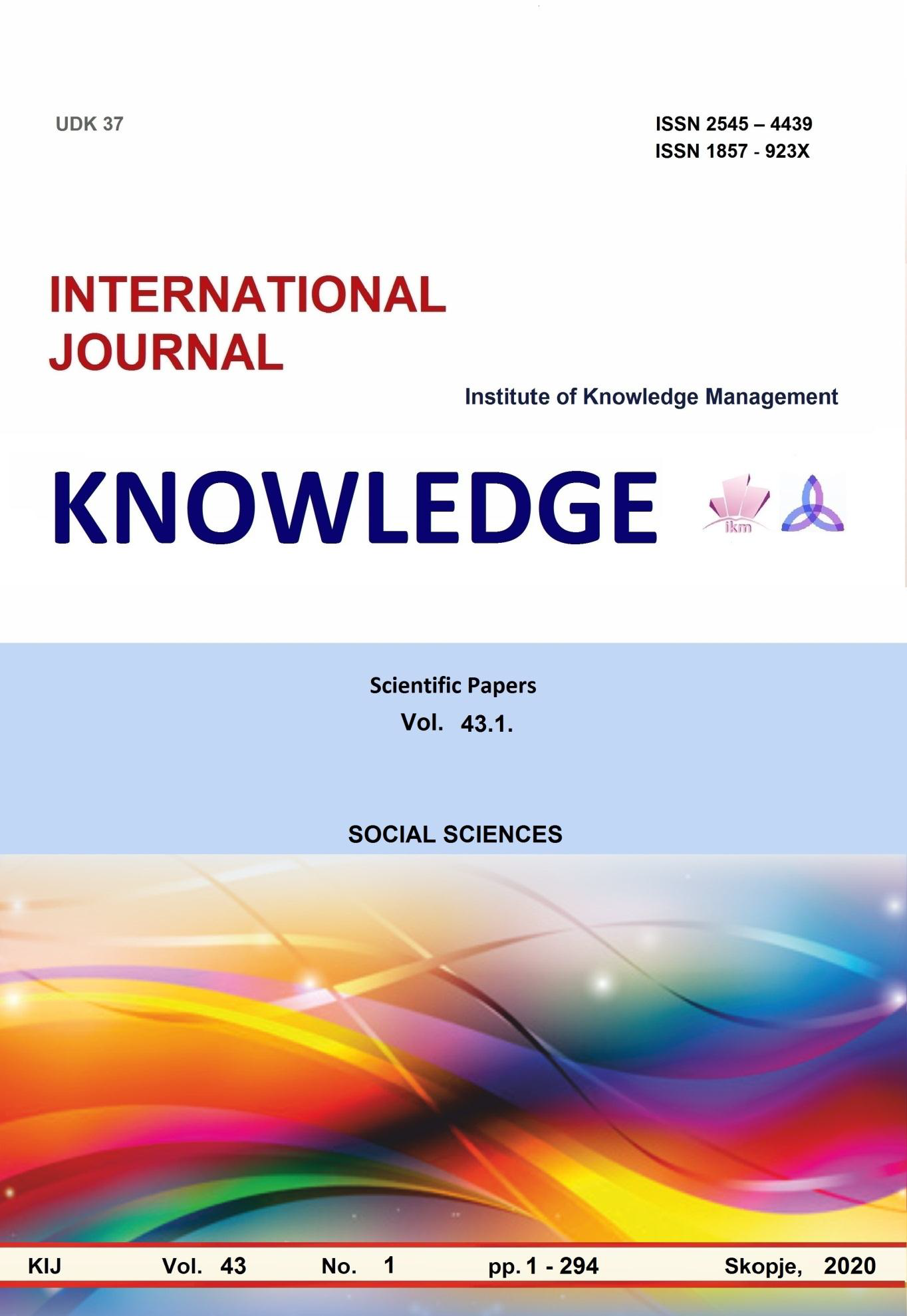INKREMENTALNE INOVACIJE, PRAVA INTELEKTUALNE SVOJINE I ENDOGENI EKONOMSKI RAST
INCREMENTAL INNOVATION, INTELLECTUAL PROPERTY RIGHTS AND ENDOGENOUS ECONOMIC GROWTH
Author(s): Slobodan Cvetanović, Dragan TuranjaninSubject(s): Social Sciences
Published by: Scientific Institute of Management and Knowledge
Keywords: innovation; incremental innovation;
Summary/Abstract: Commercial valorization of knowledge into innovation in this century is one of the key factors of growth and development of companies and countries. Thanks to the improvement of their own innovation, some economic entities have managed to create a completely new type of competitive advantage. It is based on the innovative superiority of companies, which is also a key source of profit for today's most successful companies in global relations. Innovation is becoming more complex in this century. This is true not only for radical but also for incremental innovations. Numerous studies have shown that the effects of incremental innovation at the global level are not less than the benefits of radical innovation. Innovation is a process within a company that contributes to the improvement of what it creates and offers in the market. It turns out that innovation is a generic activity on which the survival and growth of a company is based. Innovation is becoming increasingly difficult to protect in the marketplace. The modern patent system plays an important role in this process. The old traditional role of the patent by which the organization is destroying its competition is increasingly being lost. The patent becomes a bridge of cooperation between companies, all in the mutual interest of achieving the set goals. Access to the modern market should be holistic. In this sense, the patent is increasingly becoming one of the pillars of business cooperation. A patent has a much larger mission than providing "exclusive rights" to the patent holder, which is to enable further economic and social development. Many companies around the world have already realized this and are adapting their business strategy. They are increasingly saying that their goal is not to make more profit, but to successfully meet the needs of customers. In such a context, the innovation of companies comes to full expression, because it is a reflection of unmet customer needs. Innovation is becoming increasingly difficult to protect in the marketplace. The modern patent system plays an important role in this process. The old traditional role of the patent by which the organization is destroying its competition is increasingly being lost. The patent becomes a bridge of cooperation between companies, all in the mutual interest of achieving the set goals. Access to the modern market should be holistic. In this sense, the patent is increasingly becoming one of the pillars of business cooperation. A patent has a much larger mission than providing "exclusive rights" to the patent holder, which is to enable further economic and social development. Many companies around the world have already realized this and are adapting their business strategy. They are increasingly saying that their goal is not to make more profit, but to successfully meet the needs of customers. In such a context, the innovation of companies comes to full expression, because it is a reflection of unmet customer needs. In endogenous explanations, economic growth in the absence of innovation is a time-limited process. The key drivers of innovation in endogenous explanations are knowledge, research and development, education. These factors, like standard factors of production, create new values. They do this thanks to the manifestation of external effects, ie the manifestation of non-declining yields of production factors at the aggregate level. Technology transfer has a prominent place in the theory of endogenous growth. This process allows innovation in one country to increase productivity in other countries. The three most important channels through which technology transfer is realized are international trade, foreign direct investment and licensing.
Journal: Knowledge - International Journal
- Issue Year: 43/2020
- Issue No: 1
- Page Range: 75 - 80
- Page Count: 6
- Language: English, Serbian

